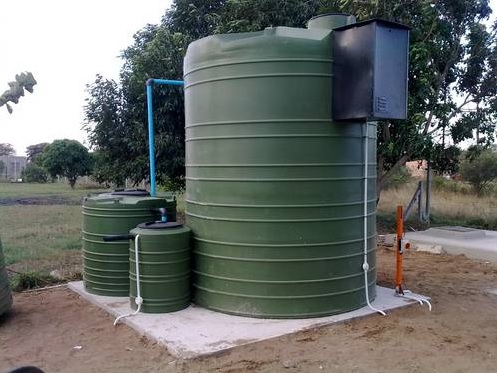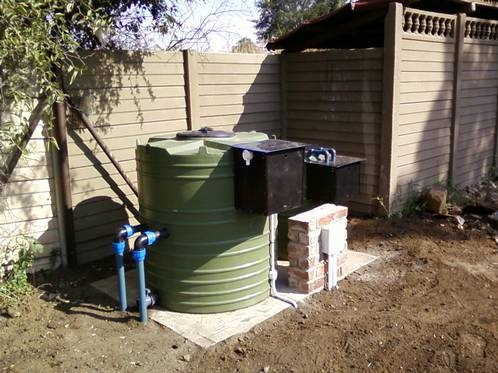This is the final installment in a five-part series called Fluid Waste Management & Septic Tanks. To read the rest, click here.

The solution to fluid waste management at household level needs to be simple, effective and cost conscious. In the past, septic tanks and soakaways were considered acceptable, but with properties becoming smaller, resulting in greater ground water contamination and saturation, disposal of untreated wastewater in this manner is now not always a viable (and safe) option, and is even no longer allowed in certain municipalities. This is where a packaged fluid waste management plant fits in to the design and layout of the property.

Such systems have more chambers than a standard two-chamber septic tank (typically five). While the first two chambers perform the same role as in a standard septic tank, the remaining three use processes commonly found in municipal sewage systems such as aeration, enhanced bacterial digestion and sometimes ultraviolet light exposure to further purify the waste fluid, removing phosphates and nitrates (components of detergents), pathogens and resulting in a clear, odourless fluid, free of contaminants such as most phosphates and nitrates (the major components of detergents), which meets government water quality standards and is thus approved for discharge into a natural watercourse, or for use as irrigation water.
While package plants include most of the processes of a large municipal treatment plant, they must also be reliable and simple enough to serve the client, without constant – and regular – site visits by trained water specialists.
The equipment thus needs to be free of complicated electronics, since power surges (and load shedding) can and do create faults and burnouts which could take days to fix.
Local company Scarab is a leader in this package plant technology, and has created a process named “accelerated oxygenation”. This includes a special feature which constantly sweeps the bottom of the tank where sludge collects. Furthermore, Scarab has, under trial, added barriers (anoxic zones) inside the reactor, so as to allow full nitrogen removal, without the traditional return to septic tank methods.
This alone saves 35% of the processing time for the fluid.
Finally, disinfection of treated water with the use of chlorine is always going to be problematic. So as a result, Scarab started treating the final effluent with ozone as its first choice. The company is now installing (under trial) ultra violet tubes. Since the final effluent is clear, the UV lamp does not need to be submerged to have the effective kill effect.
Scarab says solar-powered systems are always the goal, particularly with Eskom’s woes, but the costs are prohibitive. Electricity-free, effective systems do not exist – yet.
For more information on Scarab Water Systems, click here.

